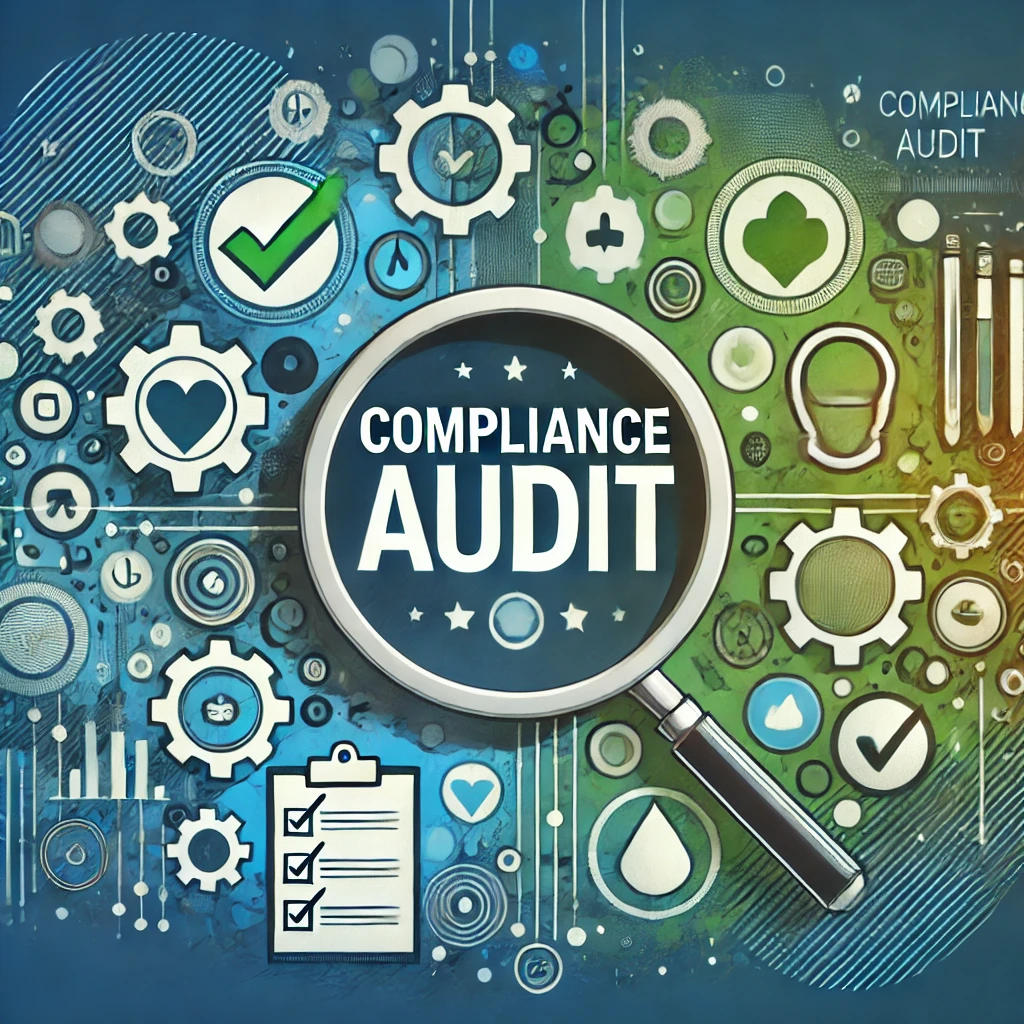
Preparing for Home Care Compliance Audit – Ultimate Guide
Introduction
As your home care agency prepares for a compliance audit, the selection can appear intimidating, but, in reality, it’s a chance to showcase that you are dedicated to offering quality care, adhering to laws, and carrying on the best in practice. Through solid preparation and by being proactive, it can be easier to show your agency’s strengths and what could be updated. So think of the audit as a checkpoint in your agency’s evolution; a time to make sure your agency is heading down the correct path and stayed competitive given the heft of regulation in the industry.
This guide will take you by the hand, covering the essential steps to take to prepare for a compliance audit, and what to do on the actual audit day with confidence and professionalism.
Preparing for the Audit
A successful compliance audit is built on preparation. A well prepared agency fulfills the rules and regulations and also sets the pace for operational excellence. Here’s how to ensure your agency is ready:
1. Understand the Regulations
Having a complete understanding of the rules and standards that must govern your agency is the cornerstone of your work preparing for an audit.
Federal and State Standards: Look for which mandatory regulations apply to home care business like Medicare, Medicaid, HIPAA for data privacy, OSHA for workplace safety, and state licensing standards.
Stay Updated: Never are regulations static, we evolve them to adapt to new challenges and changes in the industry. Stay updated by contributing to regulatory updates and by participating in webinars or seminars.
Accreditation Standards: However, if your agency is accredited by a body such as The Joint Commission or HIPAA, there is a good chance that the standards required by those accrediting bodies will be more stringent than the minimum needed to meet the legal requirements.
2. Conduct a Self-Audit
First, assess the agency yourself, before the official audit.
Mock Audits: Employ comprehensive checklists of the anticipated audit scope to form internal reviews. This requires involvement of staff to simulate actual audit process.
Gap Analysis: Look for places where your agency isn’t fully compliant and be sure to correct those gaps before it’s too late.
Involve Key Departments: They should ensure that all departments, from care delivery to administration, are in fact prepared to play their role in the audit.
Need help? Contact our experts.
3. Review and Update Policies and Procedures
Your agency’s policies and procedures function as the blueprint for your agency’s compliance as well as operational consistency.
Audit Your Policies: Are you current, compliant, and able to reflect the way that things are actually operated? Immediate revision of outdated or unimportant policies is needed.
Standard Operating Procedures (SOPs): Make certain that the SOPs are specified and practical and that they are available to all staff. Every SOP should explicitly describe what needs to be done for compliances in different instance, like reporting incident or a medication management.
Accessibility for Staff: Staff should have easy access to all policies and procedures – however, it helps if these are available in digital format so they can be accessed as required.
Need help? Contact our experts.
4. Train Your Staff Thoroughly
Because your staff are also a critical component of compliance, they are not only your agency’s front line.
Foundational Training: Teach all employees a deep understanding of compliance regulations, from a client’s rights to the data safety and privacy protocols.
Practical Exercises: There are role playing exercises and simulation that prepare staff for potential audit questions or scenarios. Try, for example, having them practice what they’d say if they were asked how they would respond to a client complaint or if they were asked to maintain documentation.
Continuous Education: Compliance knowledge must be retained and this means regular training sessions. Engage staff with interactive means of doing things such as group discussions, quizzes and scenario predicament training.
5. Keeping Track of Comprehensive Documentation and Maintain It Well
Any audit has documentation as its backbone. A compliant agency is a well documented agency.
Client Records: Keep in depth records for every client about care plans, visit logs, incident reports and outcomes. Entries must be kept both accurate and timely.
Staff Records: Document all reports and files of employee education, certifications, performance evaluations, and disciplinary actions taken if necessary.
Operational Records: Document all the performance reviews like internal audits, policy updates, and corrective actions. They represent your proactive compliance attitude.
Centralized Storage: Physical locked storage cabinets can be used to store and retrieve records. Another mean is the using of a secure and orderly system like a digital document management platform.
Need help? Contact our experts.
6. Embrace Experts
Experts can make your compliance efforts easier and better.
Compliance Management: Employe expert team that automates things like updating your policy, setting up your training schedules and keeping your records.
Data Protection: Assure adherence to HIPAA and other data security regulations by encrypting and protecting client access.
Audit Preparation Tools: A few platforms even let you audit by building out prebuilt checklists and reporting options.
The Day of the Audit
Preparation meets execution on audit day. The audit is as much about documenting and processes as it is about how you present your agency.
1. How the Audit Is Performed
If you understand the process, it can make you feel more confident.
Interviews: Staff will be asked to speak to auditors about their understanding of compliance protocols and the agency procedures.
Documentation Review: Client records, staff files, training logs, and operational documents will have to be provided for access by the reserve.
Observation: Auditors can also see real time operations to confirm that written policies are matching day to day business activities.
2. Presenting Your Agency
Be Organized: If possible, have all requested documents prepared in advance and organized in some organized matter. Labeled folders or digital files are your friend.
Maintain Professionalism: Engage staff in encouraging a calm, cooperative, confidant position. That little positive can make such a huge difference.
Show Your Strengths: Point out areas where your agency is superior, for instance in training programs, use of technology or effectiveness in delivering client care.
3. Questions from Auditors
Questions will be asked by auditors to see if your organization is ready for compliance. Examples include:
Training Programs: “How do you guarantee your staff are retrained on the compliance protocols?”
Incident Management: “If there were any incidents can you explain your procedure for reporting and resolving incidents?”
Client Safety: “A question we frequently hear is, what measures are in place on the care delivery side of the equation to guarantee client safety?”
Policy Consistency: “How do you ensure that your policies and procedures are updated to reflect the latest regulatory requirements?”
Staff Credentialing: “Can you provide evidence that all staff members meet the required qualifications and have valid certifications or licenses?”
Client Rights: “What steps does your agency take to ensure that client rights are protected and respected at all times?”
Complaint Handling: “How do you document, investigate, and resolve complaints from clients or their families?”
Data Privacy and Security: “What measures are in place to ensure compliance with HIPAA regulations and protect client confidentiality?”
Emergency Preparedness: “Does your agency have an emergency preparedness plan? How do you train staff to respond to emergencies, such as natural disasters or medical crises?”
Incident Follow-Up: “After an incident is reported, how do you ensure that appropriate corrective actions are taken and documented?”
Care Plan Compliance: “How do you ensure that care plans are followed consistently, and how is this verified during home visits?”
Supervision and Oversight: “What is your process for supervising and evaluating the performance of staff who provide direct client care?”
Service Delivery Documentation: “How do you verify and document that services provided to clients align with what was authorized and scheduled?”
Quick Tip: “Be clear and confident while answering, must give examples or document to prove your answers.“
4. Embrace Feedback
Recommendations for improvement come with audits.
View Feedback Positively: Treat any suggestions as a chance to make your agency’s practice better.
Clarify Concerns: If an auditor points an issue out, press them on the details so that you know exactly what it is they are concerned about.
Develop an Action Plan: Then use the audit results to ensure compliance are enforced in any weak areas, and to correct them should issues arise.
Conclusion
Audits are comprehensive undertakings that need planning, organization and collaboration if you want to be ready for a home care compliance audit. However through understanding of the regulations, the training of your staff, preparation of the documentation and a professional approach during the audit you will be able to confidently navigate through this process.
Audits are non adversary, they are an opportunity to better your agency, making sure high quality care and the ability to prove you are well doing adherence to compliance. By planning properly, you can meet (if not surpass) expectations, and position your agency as a leader in the home care industry.
Need help? Contact our experts.
